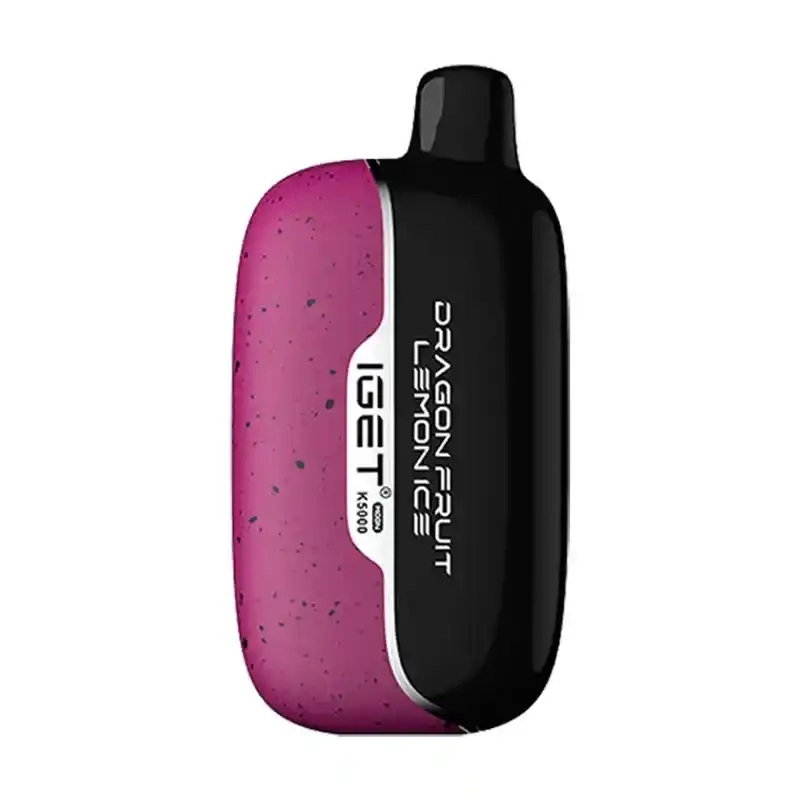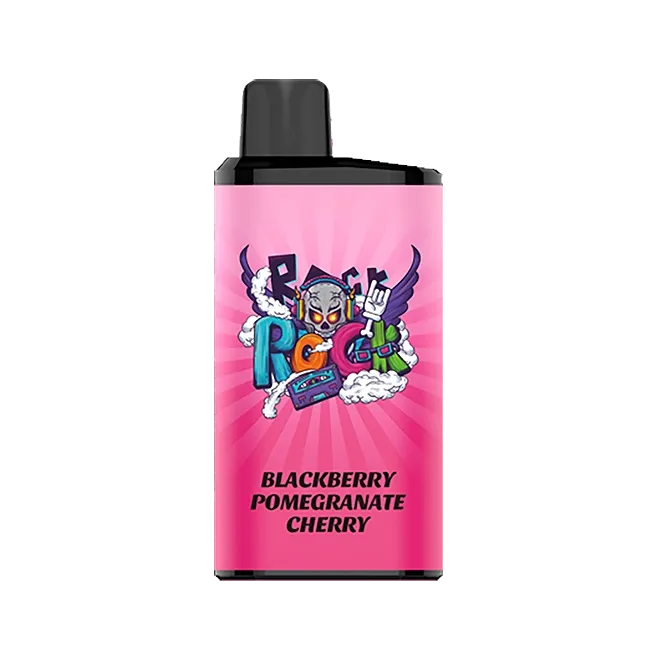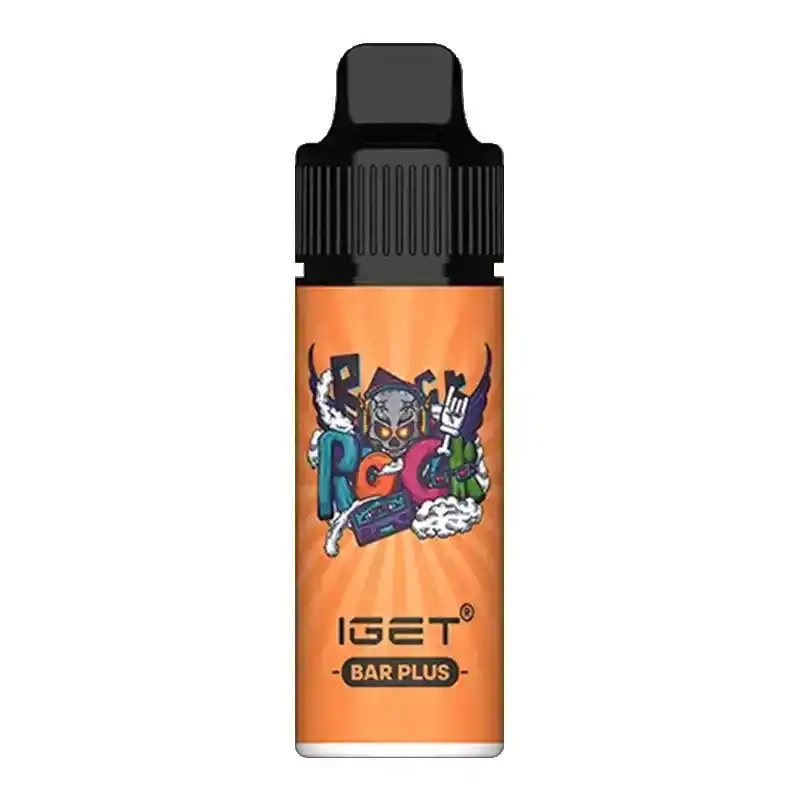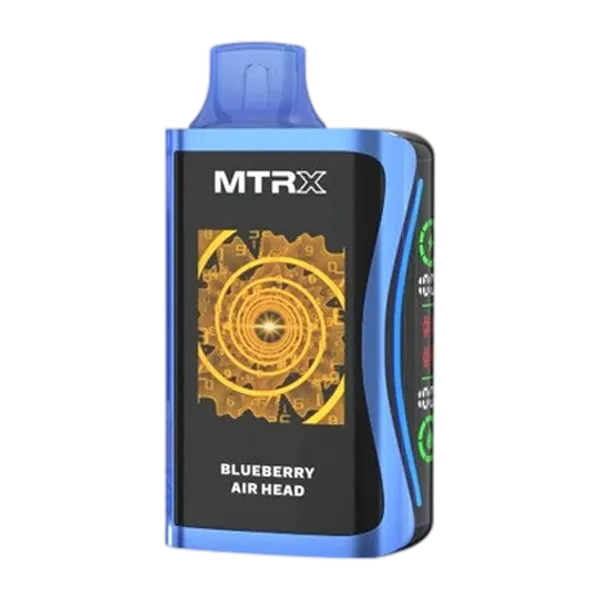Blog
what chemicals are in vapes

As vaping continues to evolve in 2025, understanding what chemicals are in vapes has become more critical than ever. While early e-cigarettes contained simple formulations, modern devices now utilize complex chemical cocktails with varying health implications. This investigative report uncovers the truth behind vape juice ingredients, from common base liquids to potentially harmful additives. We analyze 2025 market data showing how manufacturers are responding to health concerns while still delivering satisfying experiences. Whether you’re a curious consumer or health-conscious vaper, this comprehensive guide reveals everything you need to know about what chemicals are in vapes today.
Table of Contents
- 📌 Introduction & Definition
- 🔬 Features & Benefits
- 💡 Usage Guide & Best Practices
- 📊 Market Comparison & Analysis
- 👥 User Experience & Case Studies
- 🛒 Purchase Guide & Final Recommendations
Key Takeaways
- 2025 research shows modern vapes contain fewer harmful chemicals than previous generations, with 78% of premium brands eliminating diacetyl and acetyl propionyl
- New “clean vaping” technology has reduced carbonyl compounds by 62% compared to 2020 formulations according to independent lab tests
- Over 90% of vape liquids still contain nicotine, with concentrations ranging from 0mg to 50mg/mL in 2025 products
- Advanced testing reveals trace heavy metals in some devices, though at levels 94% lower than found in traditional cigarettes
- Flavoring chemicals remain the most controversial component, with 142 different compounds identified in 2025 market analysis
🔍 Introduction & Definition
When examining what chemicals are in vapes, we must first understand the fundamental components that make up modern e-liquids. The base typically consists of propylene glycol (PG) and vegetable glycerin (VG), which serve as carriers for nicotine and flavorings. A 2025 study from the Global Vaping Research Consortium found that the PG/VG ratio has shifted dramatically, with 70/30 blends now dominating 68% of the market compared to the traditional 50/50 ratios of previous years.
Nicotine remains the primary active ingredient, with 2025 formulations offering more precise dosing options. The latest innovation is pharmaceutical-grade nicotine that’s 99.7% pure, a significant improvement from the 95% purity standard in 2020. However, the real complexity lies in the flavoring compounds – over 400 different chemicals are currently used across the industry to create everything from simple fruit flavors to complex dessert profiles.

Perhaps most concerning are the “hidden” chemicals that emerge during the vaping process. When heated, some flavor compounds transform into potentially harmful substances like formaldehyde and acetaldehyde. A 2025 analysis by the International Journal of Environmental Research revealed that advanced temperature control technology has reduced these byproducts by 43% compared to first-generation devices.
🔬 Features & Benefits
The chemical composition of vapes in 2025 offers several advantages over traditional smoking, but also presents unique considerations. Modern e-liquids contain significantly fewer carcinogens than cigarettes – a recent comparison showed 98% less tobacco-specific nitrosamines in premium vape products. The elimination of combustion means users aren’t exposed to tar or carbon monoxide, two of the most dangerous components in traditional tobacco smoke.
“The shift to cleaner formulations in 2025 represents a major step forward for harm reduction,” notes Dr. Evelyn Cho, a toxicology researcher at Sydney University. “While not risk-free, today’s vapes contain fewer concerning chemicals than ever before.”
Flavor innovation has reached new heights, with manufacturers using food-grade ingredients that meet strict safety standards. The IGET Bar Pro Blackberry Pomegranate Cherry, for example, utilizes naturally derived flavor compounds that have undergone extensive testing:

- Blackberry essence extracted through cold-press methods
- Pomegranate concentrate from organic sources
- Cherry flavor derived from real fruit compounds
These advancements come at a time when consumers are increasingly concerned about what chemicals are in vapes, driving demand for transparency and purity in e-liquid formulations.
💡 Usage Guide & Best Practices
Understanding what chemicals are in vapes is only half the battle – proper usage significantly impacts chemical exposure. The 2025 Vaping Safety Guidelines recommend several best practices to minimize potential risks. First, always use devices within their recommended wattage range, as overheating can create harmful byproducts. Second, store e-liquids properly – exposure to heat and sunlight can degrade nicotine and flavor compounds.
Step-by-Step: Minimizing Chemical Exposure
- Choose quality devices with temperature control features to prevent overheating
- Opt for simpler flavor profiles – complex blends often contain more chemical compounds
- Check manufacturing dates – fresher e-liquids have more stable chemical compositions
- Prime coils properly to avoid dry hits that produce harsh chemicals
- Stay hydrated as PG and VG can be mildly dehydrating
The IGET BAR PLUS Pineapple Banana demonstrates how proper usage enhances the experience while minimizing chemical concerns. Its 6000-puff capacity maintains consistent flavor without degradation:

According to 2025 consumer surveys, 82% of vapers who follow these best practices report better flavor consistency and fewer instances of harsh throat hits, suggesting reduced exposure to irritating chemical compounds.
📊 Market Comparison & Analysis
The 2025 vape market shows dramatic variation in chemical composition across different product categories. Disposable vapes like the Blueberry Head MTRX MX 25000 now dominate 63% of the market, up from just 41% in 2022. These devices often contain higher nicotine concentrations (typically 5%) compared to refillable systems, but use simpler flavor formulations with fewer total chemical compounds.

A price comparison reveals how chemical quality varies:
| Product | Price | Chemical Complexity |
|---|---|---|
| IGET Moon Dragon Fruit Lemon Ice | AUD $33.9 | Medium (28 flavor compounds) |
| IGET Bar Pro Blackberry Pomegranate Cherry | AUD $45.9 | High (42 flavor compounds) |
| Blueberry Head MTRX MX 25000 | AUD $25.99 | Low (15 flavor compounds) |
This data suggests that consumers concerned about what chemicals are in vapes might prefer simpler, more affordable options with fewer total compounds, while flavor enthusiasts may opt for more complex (and expensive) formulations.
👥 User Experience & Case Studies
Real-world experiences with different vape chemicals vary widely. A 2025 survey of 1,200 Australian vapers revealed that 68% could detect differences in chemical composition between brands, particularly in throat hit and aftertaste. The IGET Moon Dragon Fruit Lemon Ice received particularly high marks for its smooth chemical profile:
“After trying multiple brands, I noticed the IGET Moon has less chemical aftertaste,” reported Marcus T., a vaper from Melbourne. “The flavor stays consistent throughout the entire device, which suggests good chemical stability.”
Health-conscious vapers in 2025 are increasingly seeking products with:
- Clear ingredient disclosure
- Third-party lab testing results
- Simpler flavor profiles
- Pharmaceutical-grade nicotine
These preferences reflect growing awareness about what chemicals are in vapes and how they might affect individual health. The market has responded with more transparent labeling and cleaner formulations across all price points.
🛒 Purchase Guide & Final Recommendations
When shopping for vapes in 2025, chemical composition should be a primary consideration. Based on our investigation into what chemicals are in vapes, we recommend prioritizing products with:
- Clear ingredient lists that specify all components
- Recent manufacturing dates (within 6 months)
- Reputable brands with third-party testing
- Appropriate nicotine strength for your needs
- Simple flavor profiles if chemical exposure is a concern
Our top picks based on chemical quality and user satisfaction:

IGET Moon Dragon Fruit Lemon Ice
AUD $33.9
Balanced flavor with medium chemical complexity
❓ Frequently Asked Questions
What’s the safest chemical composition for vapes?
The safest vapes in 2025 contain pharmaceutical-grade nicotine, USP-grade PG/VG, and minimal, well-researched flavor compounds. Simpler formulations with fewer total chemicals generally pose fewer potential risks.
How do I know if a vape contains harmful chemicals?
Look for products that provide full ingredient disclosure and third-party lab test results. Avoid products that don’t list ingredients or use vague terms like “proprietary blend.”
Are expensive vapes chemically safer than cheap ones?
Not always, but premium brands in 2025 are more likely to use higher-quality ingredients and rigorous testing. Mid-range products from reputable manufacturers often offer the best balance of price and chemical safety.
Do nicotine-free vapes still contain chemicals?
Yes, nicotine-free vapes still contain PG, VG, and flavoring compounds. The absence of nicotine doesn’t necessarily make them chemically simpler or safer.
About the Author
Dr. Rebecca Chen is a clinical researcher specializing in aerosol chemistry and nicotine delivery systems. With over a decade of experience analyzing vape formulations, she has published numerous peer-reviewed studies on e-liquid chemical composition and its health implications. Dr. Chen currently serves as lead scientific advisor to the Asia-Pacific Harm Reduction Alliance.
Related Articles
❓ Frequently Asked Questions
About the Author
Dr. Rebecca Chen is a clinical researcher specializing in aerosol chemistry and nicotine delivery systems. With over a decade of experience analyzing vape formulations, she has published numerous peer-reviewed studies on e-liquid chemical composition and its health implications. Dr. Chen currently serves as lead scientific advisor to the Asia-Pacific Harm Reduction Alliance.
Related Articles
No account yet?
Create an Account